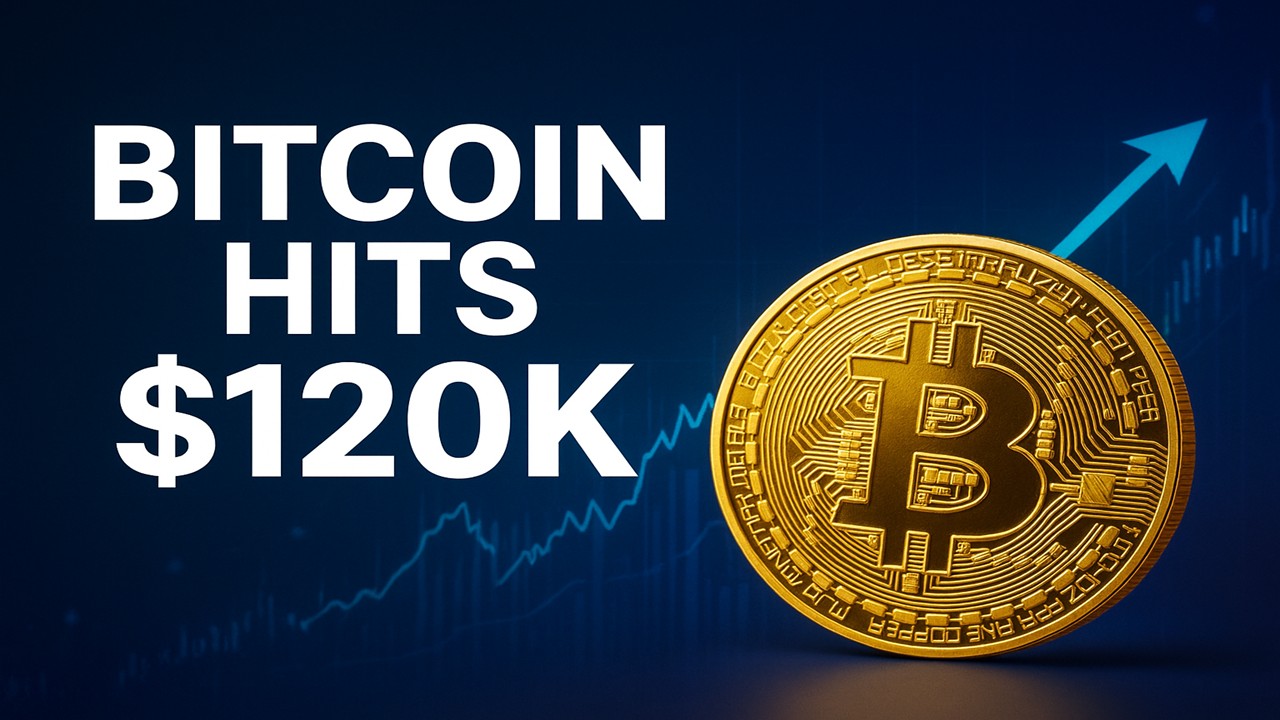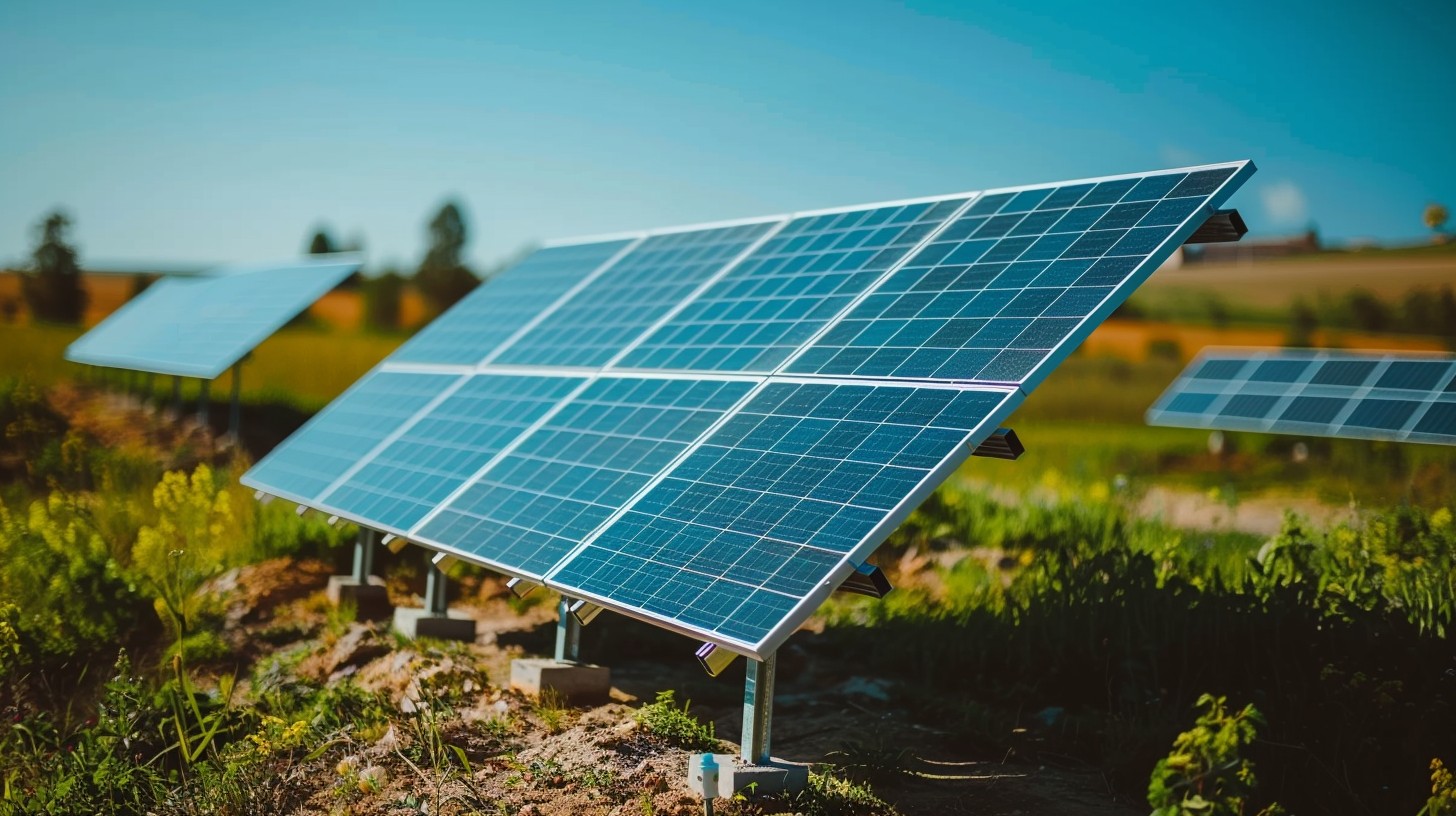
हिंदी में पढ़ने के लिए मेनू बार से हिंदी भाषा चयन करें।
Introduction
Rare earth elements (REEs) are essential to modern technology—used in electric vehicles, semiconductors, defense systems, and green energy. China controls over 60% of global rare earth production, while the U.S. and other countries heavily depend on Chinese exports.
In the first half of 2025, trade tensions escalated between the U.S. and China, leading to restricted exports of rare earths by China. However, in late June 2025, both countries signed a framework agreement that could bring relief to global markets and industries.
Background
In March 2025, the U.S. increased tariffs on a wide range of Chinese goods. In response, China tightened its export licensing system for rare earth minerals and magnets. This disrupted supply chains for companies like Tesla, Boeing, Apple, Intel, and others.
Global concerns mounted, leading to diplomatic talks held in Geneva (May) and London (June), which laid the groundwork for a possible resolution.
Key Highlights of the Agreement
- Relaxation of Export Controls:
China will resume export approvals for rare earth minerals and magnets, especially to U.S. technology and defense sectors. - Three-Phase Rollout:
Exports will resume in phases from July to December 2025, ensuring China’s control over quantities while restoring supply. - Technology Collaboration:
The deal opens space for renewed dialogue on advanced rare earth processing technology cooperation. - Tariff Concessions:
The U.S. agreed to ease some tariffs on Chinese tech equipment as a goodwill gesture.
Impact on Global Trade
- Stock Market Rally:
Following the deal announcement, Nasdaq and S&P 500 surged to record highs, reflecting improved investor confidence. - India & EU Benefit Indirectly:
Countries like India and those in the EU, who were exploring alternative sources, now have greater flexibility and lower pressure. - Production Resumption:
Companies in electronics, semiconductors, and clean energy sectors are resuming paused production plans.
Remaining Challenges
- Licensing Still Limited:
Export licenses have increased but are not yet fully open. Many third-country companies still await approval. - Geopolitical Risks Remain:
Other issues like fentanyl production, cyber security, and Taiwan continue to strain U.S.–China relations. - Skepticism in U.S. Politics:
Critics in the U.S. Congress have raised concerns about the transparency and enforcement of the agreement.
Conclusion
The rare earth agreement between the U.S. and China is a positive development in an otherwise tense trade environment. While it may not resolve all underlying issues, it marks a significant step toward restoring supply chain stability and cooperation in key industries.
The coming weeks and months will determine:
- How effectively China grants licenses in practice.
- Whether exports truly reach pre-2024 volumes.
- If trust between the two economies can be rebuilt beyond just rare earths.




































































